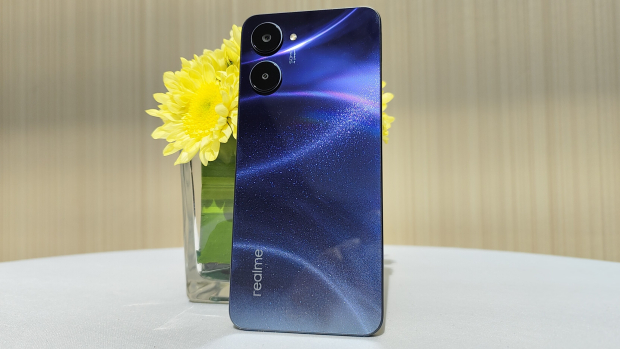Seven months after introducing the realme 9 series to the international smartphone market, the Shenzhen-based consumer electronics brand is following up its numbered series before the year’s end with the realme 10.

So far, realme is yet to announce if the Pro and Pro+ variants will make its way to local shores. However, this device will be available in two memory and storage configurations – a 8GB+128GB version priced at P12,999, and a larger 8GB+256GB retailing for P14,999.



Beyond the updated design, there are only a few key differences between the new and old variants since they actually share a lot of similarities. The most notable changes include the base version of the realme 10 having a larger memory capacity at 8GB versus the 6GB of the realme 9, but retails cheaper by P2,000.

The processor is now a 6nm MediaTek MT8781 Helio G99 system-on-chip (SoC) from a 6nm Qualcomm SM6225 Snapdragon 680, the 108MP triple rear camera setup is now a 50MP dual sensor system, and the under-display fingerprint sensor is now side-mounted doubling as a power and lock button.
In other aspects where realme fans are expecting and upgrade, the situation hasn’t changed. The screen still uses Corning Gorilla Glass 5, a Super AMOLED panel, and the screen resolution did not improve either.
The front-camera sensor remains as is, the operating system version is untouched, and the battery life and charging capacity is consistent with the overall tone of the realme 10’s presence – essentially the same as before.
This is the Rush Black version of the realme 10. The model will also be available in Clash White color scheme for users who are looking for a more stylish and eye-catching design. The Rush Black is for users who prefer a toned-down professional look for their device.


Similar to the realme 9 series, the realme 10 takes the unibody design aspect a bit further, evident in its unicover rear camera that ditches traditional camera housing and opts for a more seamless effect and natural flow that gives the illusion that the camera modules are closer to the body than they actually are.
The cold metallic feel of the edges that make contact with the user’s hands gives off the vibe that the realme 10 is not cheap, an effect that is offset by the uneventful display which we’ll talk about more, further down the review.
The one-handed mode for the realme 10 is a mixed bag however – the phone is slim enough for the average user but only the corners are rounded, the edges on the other hand are hard lines of polycarbonate that don’t feel snug in the hand.
The short volume rockers deliver a more tactile and “clicky” experience and leaves little room for loose fitting, while the power button’s fingerprint identification function clocks faster than most midrange smartphones at the realme 10’s price point.



Instead of pairing the main camera sensor with either a dedicated wide-angle shooter or a telephoto lens, the company trusts that the 50MP camera can handle the brunt of the shooting needs of its users, and instead equipped a monochrome sensor to boost color reproduction and accuracy.
Following the trend of most smartphones nowadays, the realme 10’s stock camera application is feature rich. Some of the features include a 50MP mode for high-resolution shots, ultra-steady video for stable shooting, the staple timelapse and portrait mode, and a greater degree of subject-background separation control via Bokeh Effect Control.












The AMOLED-type display is nothing to phone home about, except for the front-facing camera cut-out which does not feel intrusive when viewing content or playing games on the device. The viewing angles are adequate, the colors are punchy and vivid, the refresh rate delivers smooth transitions and animations, and the brightness level performs admirably in well-lit conditions.
While the move from a Snapdragon processor to a MediaTek platform is unpopular to realme fans, the performance of the realme 10 is not significantly affected in any way whatsoever. This notion goes both ways, however, since the realme 10 does not feel faster than its predecessor.
What benefits a great deal, however, is the expandable memory option which essentially doubles the 8GB RAM of the realme 10 borrowed from the large storage capacity. In real-world scenarios, this ensures that the realme 10 is able to keep up with demanding multitasking needs, as well as take on resource-intensive tasks and applications.






This performance depends on the battery life of the device, in which realme 10 has an abundance of. Moderate usage based on average user habits can put up with more than half a day’s worth of power, while intense gaming cuts down battery life to a little over six hours.


Verdict
The realme 10 is an update, not an upgrade, and whether its fresh looks and few new hardware necessitates launching a new smartphone model is definitely up for debate. The realme 10 is a capable device and offers good value proposition for low-end midrange smartphone seekers, what it’s not is an improvement.
If you’re considering to purchase a strong all-around smartphone contender on a budget, it’s worth looking into the realme 10. If you own the realme 9, you will have to wait for the next realme numbered series device.




